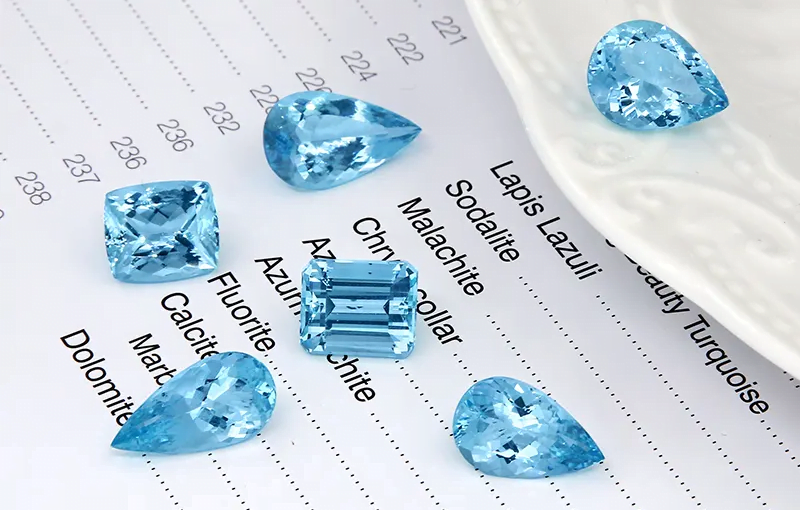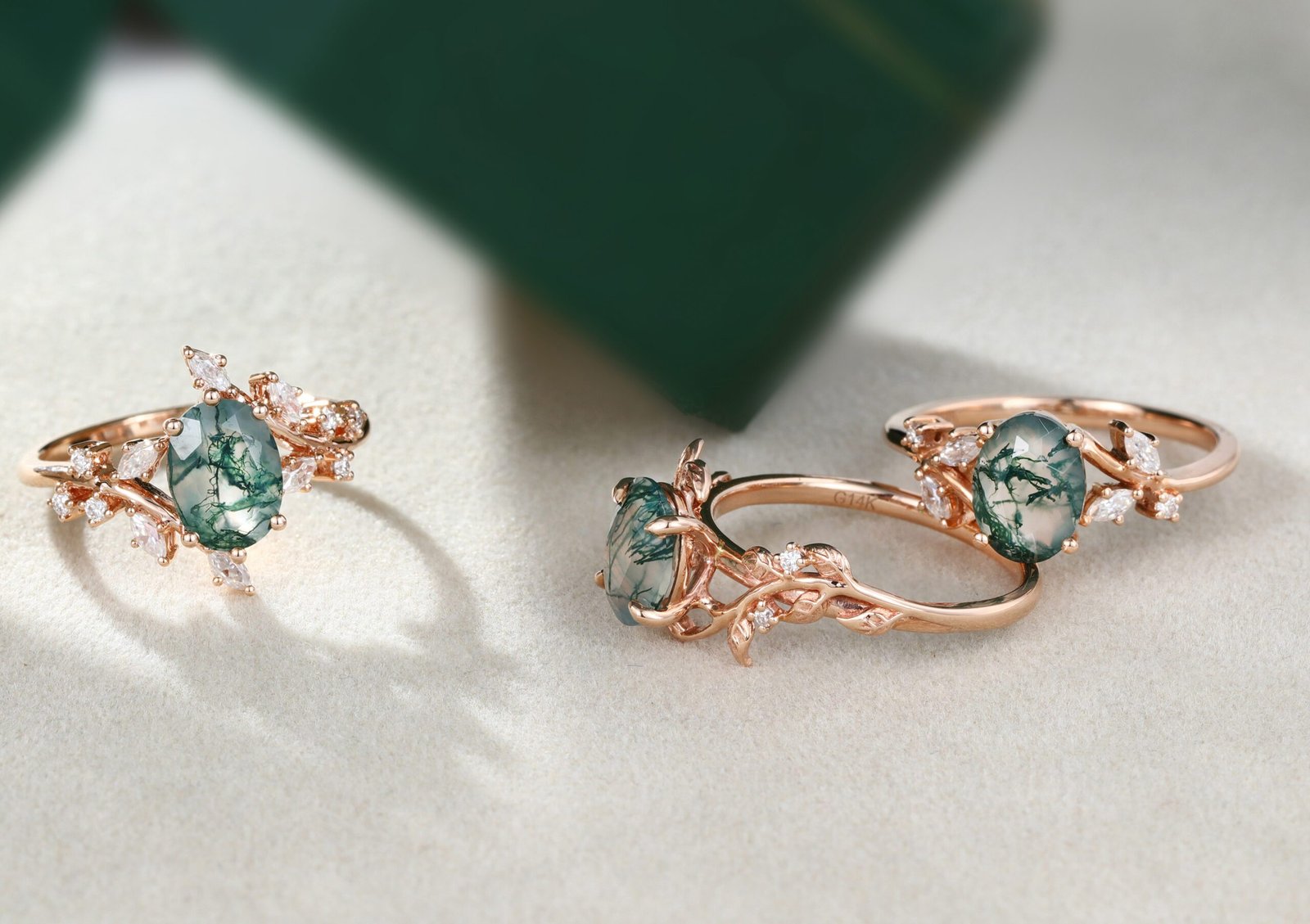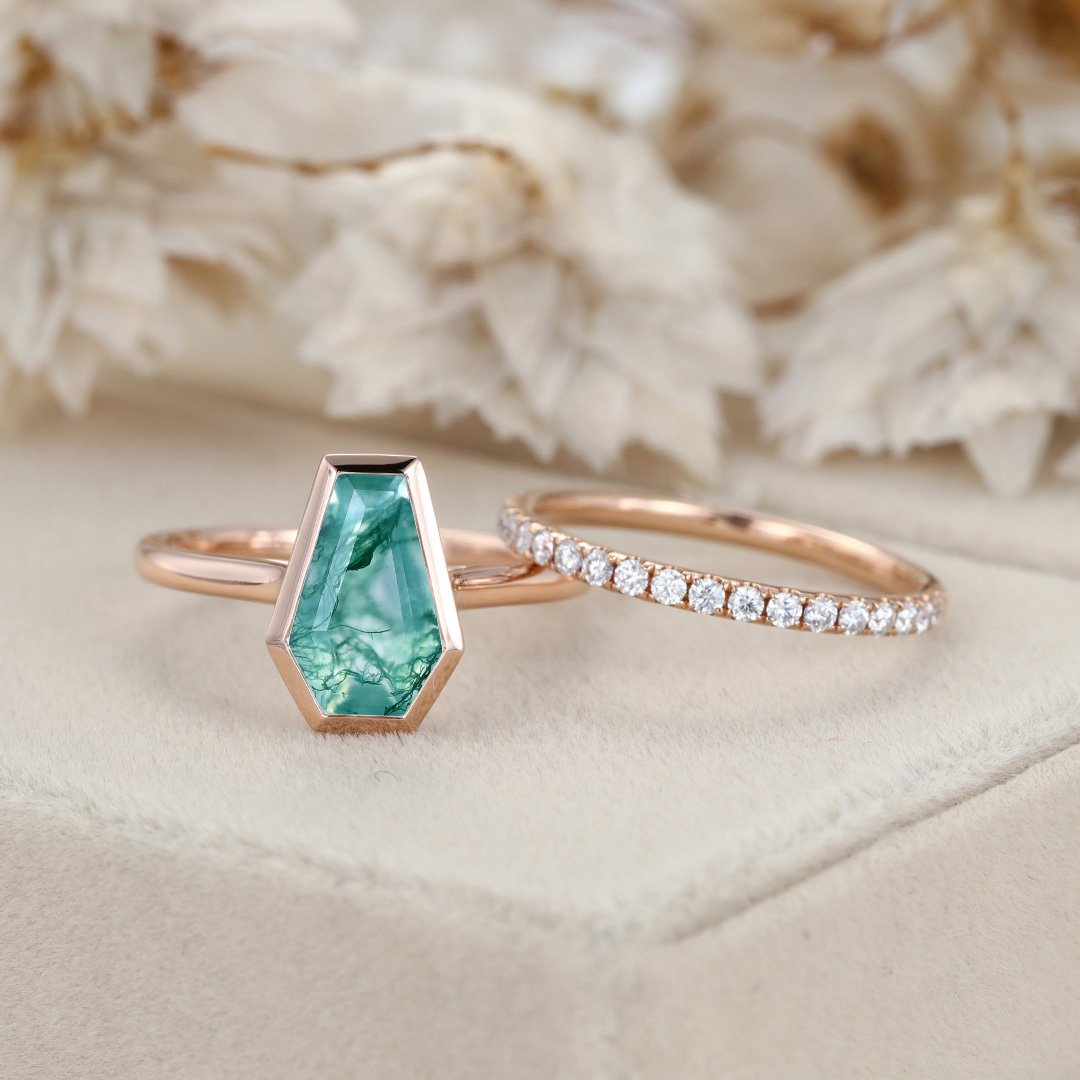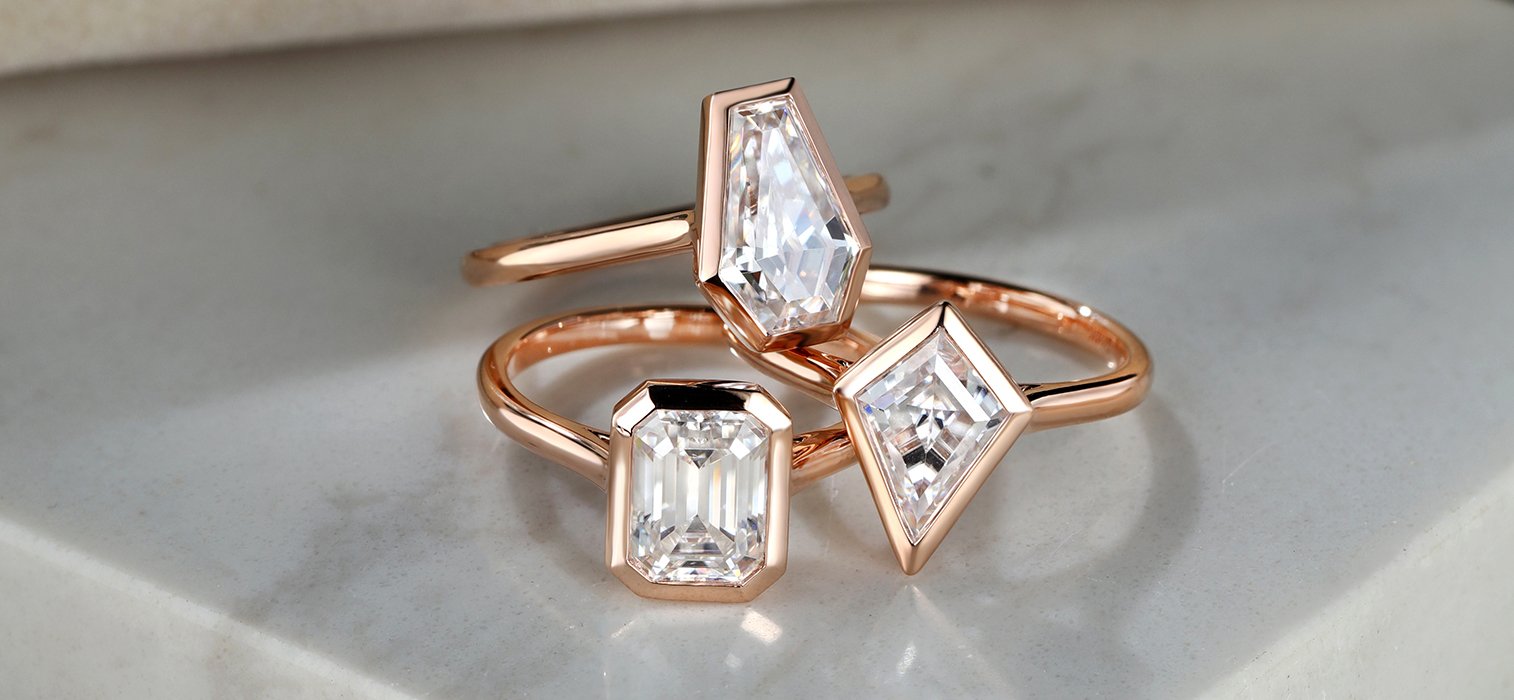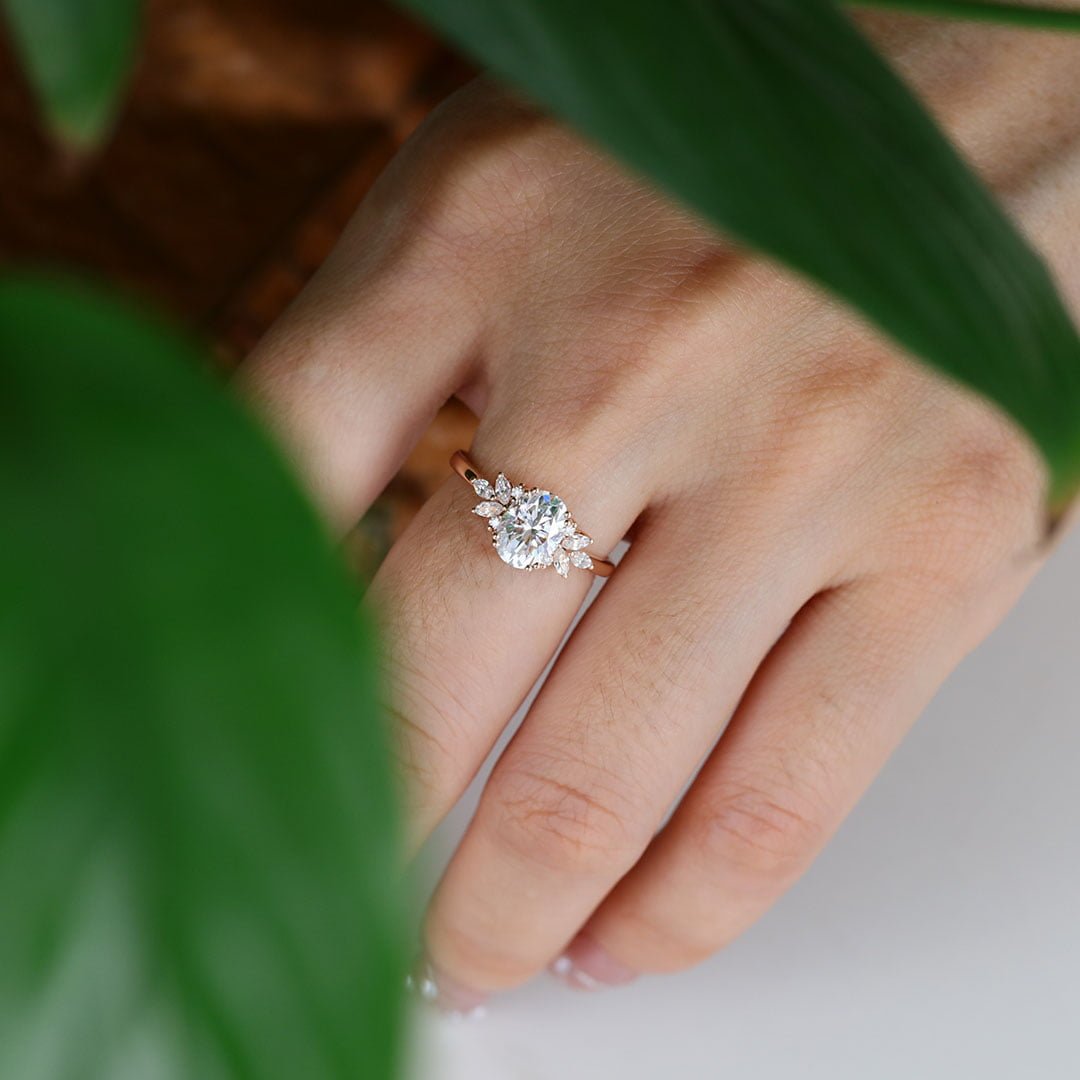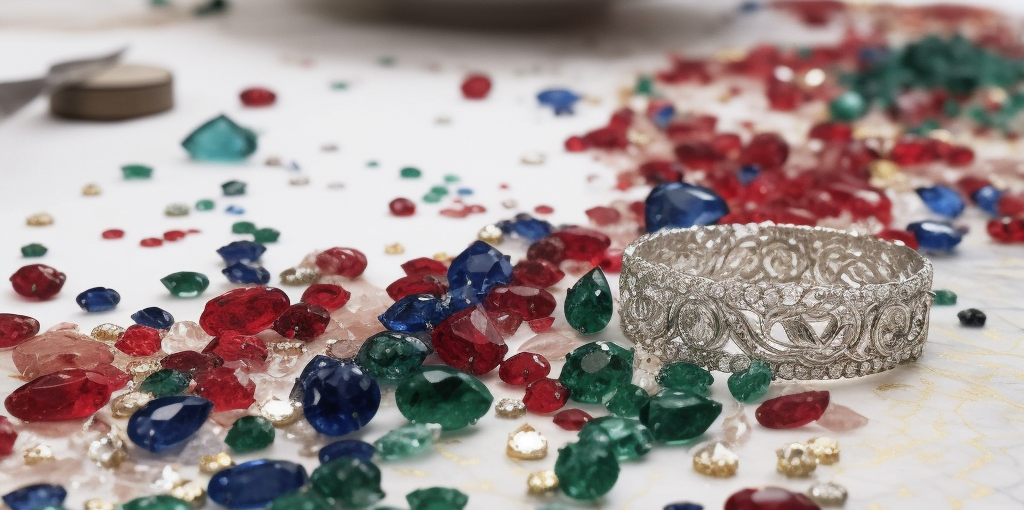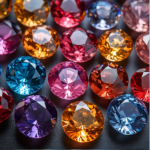Captivating Love: Aquamarine Engagement Rings for a Timeless Proposal
Do you like to go on beach vacations? Then you must love aquamarine! It is the birthstone of the month of March and is called Aquamarine, where “Aqua” means water and “Marine” means ocean, which shows how aptly the stone is named for its color. Since ancient times, aquamarine has been regarded by sailors as the stone of luck. In ancient Greek legend, aquamarine could communicate with the spirits of the sea, and people carved the portrait of Poseidon on aquamarine to worship it. Introduction Aquamarine The Allure of Aquamarine Aquamarine, with its mesmerizing blue hue reminiscent of the ocean’s depths, has become an increasingly popular choice for engagement rings. Its tranquil beauty and unique color make it a captivating gemstone that holds a special place in the hearts of couples seeking something extraordinary. Historical Significance and Symbolism Historically, aquamarine has been associated with tranquility and protection. Legends suggest that sailors carried aquamarine amulets to ensure safe voyages across the seas. Symbolizing clarity and serenity, aquamarine has transcended time, becoming a meaningful choice for modern engagements. Aquamarine Engagement Rings: A Captivating Choice Aquamarine’s Unique Characteristics Aquamarine belongs to the beryl family and is prized for its remarkable transparency and lack of visible inclusions. The stone’s blue shades can vary, ranging from pale sky blue to deep ocean blue, allowing couples to choose a hue that resonates with their personal preferences. The Meaning Behind Aquamarine Rings Aquamarine is often associated with qualities such as trust, harmony, and eternal youth. Choosing an aquamarine engagement ring can symbolize a calm and everlasting love, making it an ideal choice for couples who appreciate the significance of gemstone symbolism. Selecting the Perfect Aquamarine Engagement Ring Understanding Aquamarine’s Properties Before selecting an aquamarine engagement ring, it’s essential to understand the gemstone’s properties. Aquamarine has a hardness of 7.5-8 on the Mohs scale, making it durable for everyday wear. Couples should also consider the cut, clarity, and carat weight when choosing the perfect stone. Factors to Consider in Ring Selection Factors such as the ring setting, metal type, and overall design play crucial roles in selecting the perfect aquamarine engagement ring. Whether opting for a classic solitaire or a vintage-inspired design, these choices contribute to the overall aesthetic of the ring. Select options Aquamarine Engagement Rings, Engagement, Gemstone Engagement Rings, Sapphire Engagement Rings, Shop All Rings Vintage Rose Gold: 8x6mm Emerald Cut Aquamarine Engagement Ring $765.00 Select options Aquamarine Engagement Rings, Engagement, Gemstone Engagement Rings, Shop All Rings 2 Carat Emerald Cut Aquamarine Engagement Ring Rose Gold Bezel Solitaire Ring $680.00 Select options Aquamarine Engagement Rings, Engagement, Gemstone Engagement Rings, Shop All Rings 1 Carat Round Cut Bezel Aquamarine Engagement Ring 14K Rose Gold Bridal Promise Anniversary Gift For Women $550.00 Trending Styles and Designs Timeless Solitaire Aquamarine Rings Timeless solitaire settings showcase the beauty of the aquamarine center stone, allowing its color to take center stage. This classic style emphasizes simplicity and elegance, making it a popular choice for those who appreciate understated sophistication. Art Deco and Vintage Aquamarine Settings Art Deco and vintage-inspired settings incorporate intricate details and geometric patterns, adding a touch of glamour to aquamarine engagement rings. These designs appeal to those who seek a blend of modern and classic aesthetics. Aquamarine Ring Care Tips Preserving the Radiance of Aquamarine To maintain the radiance of an aquamarine engagement ring, it’s advisable to avoid prolonged exposure to direct sunlight, as this can cause fading over time. Additionally, storing the ring in a protective jewelry box prevents scratches and damage. Cleaning and Maintenance Guidelines Regular cleaning with a mild soap and a soft brush is recommended to keep aquamarine rings looking their best. Professional cleaning and inspections ensure that any potential issues are identified and addressed promptly. Budget-Friendly Alternatives Exploring Affordable Aquamarine Options For those mindful of budget considerations, there are affordable alternatives to traditional aquamarine. Blue topaz and blue sapphire are gemstones that offer a similar blue hue, providing budget-friendly options without compromising on beauty. Balancing Budget and Quality Balancing budget and quality involves making informed choices about factors like carat weight, cut, and clarity. Understanding the value of these characteristics helps couples make budget-conscious decisions without sacrificing the overall quality of the ring. What is Aquamarine? Aquamarine is a blue or greenish-blue variety of the mineral beryl. It is prized for its stunning and calming blue hues, ranging from pale to deep blue. Why Choose an Aquamarine Ring? Aquamarine Rings are chosen for their captivating color, which is reminiscent of the sea. They symbolize serenity, clarity, and eternal youth, making them a popular choice for engagement and fine jewelry. Is Aquamarine a Durable Gemstone for Everyday Wear? Aquamarine is a relatively durable gemstone, but it’s not as hard as diamonds. While it can withstand everyday wear, it’s advisable to avoid activities that may expose the ring to excessive impact to prevent scratches or damage. Can Aquamarine Rings Be Customized? Yes, Oveela Jewelry offers customization options for Aquamarine Rings. You can choose the metal type, setting style, and additional features to create a personalized and unique ring. How to Clean and Care for Aquamarine Rings? Clean Aquamarine Rings with a soft brush and mild soapy water. Avoid exposing them to harsh chemicals or ultrasonic cleaners. Store the ring separately to prevent scratches. Regularly inspect the setting for any signs of wear. Is Aquamarine Suitable for an Engagement Ring? Aquamarine is a popular choice for engagement rings due to its beautiful color and symbolism. It represents calmness, trust, and a strong bond, making it an ideal gemstone for a meaningful engagement ring. What Other Gemstones Pair Well with Aquamarine? Aquamarine pairs well with diamonds, creating a classic and elegant combination. It can also complement other blue gemstones or be part of a multi-stone design for added visual interest. Can I Design a Custom Aquamarine Engagement Ring? Yes, Oveela Jewelry specializes in custom designs. You can collaborate with their team to create a unique Aquamarine Engagement Ring tailored to your preferences and style.

